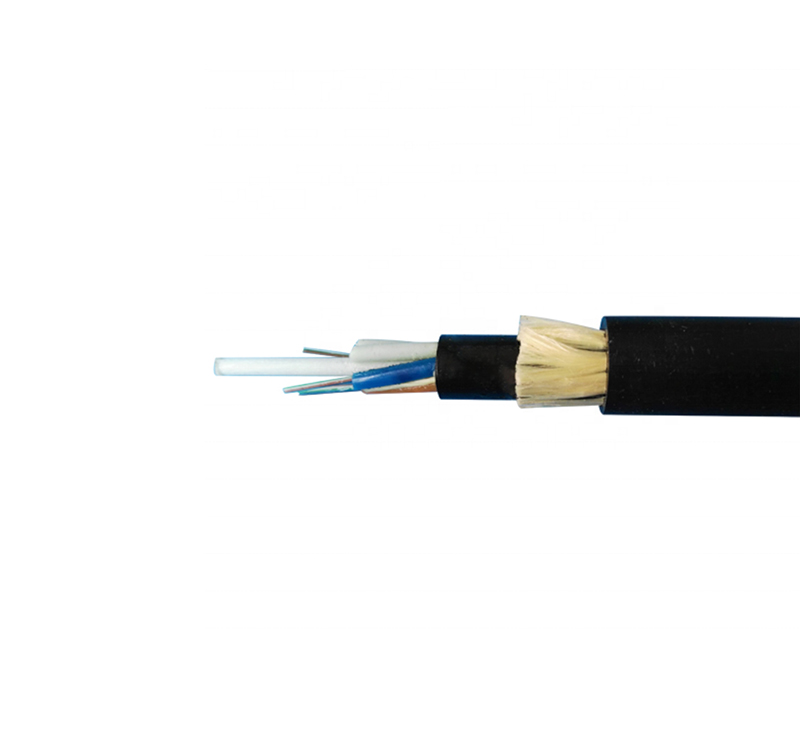When the optical fiber is cabled, there are two protection requirements for the optical fiber: one is that the optical fiber is less stressed; the other is that the optical fiber must be waterproof. Optical fiber is glass, why is it afraid of water?

The outermost layer of the optical cable is a plastic sheath, the inside is a metal sheath, and the inside is a water-blocking layer that swells with water, and the cable core is glued with ointment and optical fibers. Optical fiber has four waterproof gates, namely: plastic sheath, metal sheath, water blocking layer, and ointment. So the question is, why is the optical fiber so afraid of water, why is the fish tank glass and window glass at home not afraid of water but waterproof, why are all glass so different?
It is generally believed that optical fibers are not afraid of water, because glass has excellent water adhesion. But in fact water is very harmful to optical cables. If water enters the optical cable, it will damage the optical fiber when it freezes and expands in the cold water, so the optical cable needs to be filled with ointment to prevent moisture from entering.
The optical fiber is glass, why is it afraid of water? Experiments show that the long-term moisture in the optical cable will increase the loss of the optical fiber, especially at the wavelength of 1.55pm, as shown in the figure:
The reason why the optical fiber is afraid of water is that the optical fiber is composed of glass (SiO4) silicon-oxygen tetrahedra connected with each other, as shown in Figure 1. In a Si-O-Si-network, oxygen atoms exist in the form of bridge oxygens. However, in an environment with water, after the surface of the glass adsorbs water vapor, a hydrolysis reaction occurs slowly, resulting in the breakage of the silicon-oxygen bond in the original network—Si—O—Si—, and bridging oxygen becomes non-bridging oxygen as shown in Figure 2 , resulting in glass cracks, and the cracks continue to grow.










